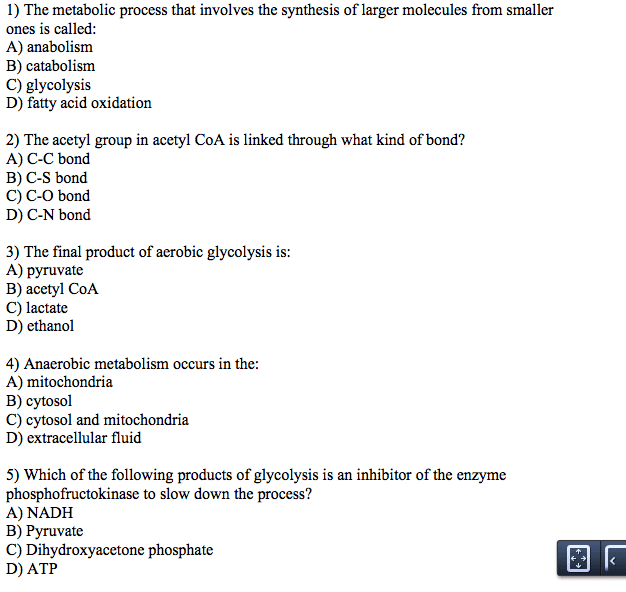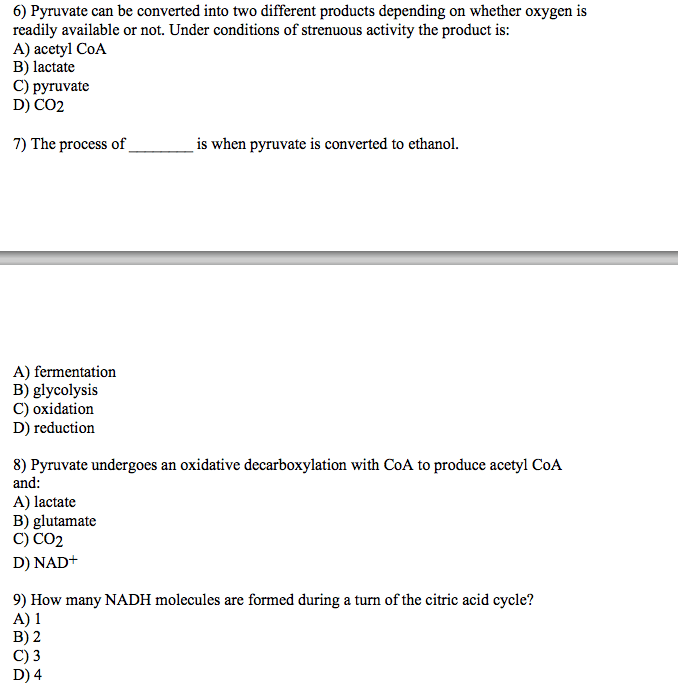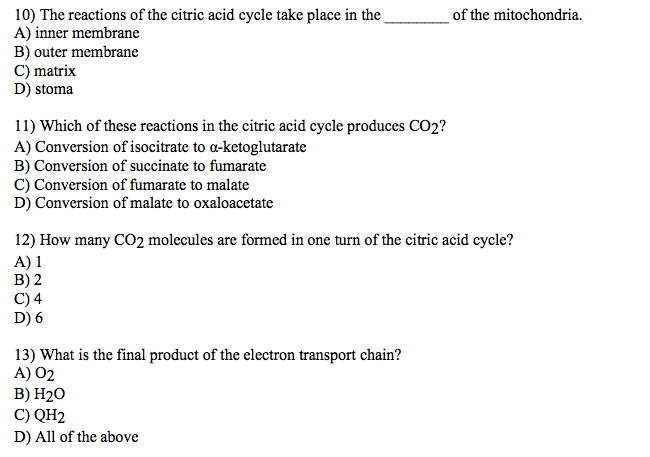BIOCH200 Lecture 1: Fates of pyruvate
Document Summary
The three immediate metabolic fates of pyruvate are: converted to ethanol (anaerobic, converted to lactate (anaerobic, converted to acetyl coa. Anaerobic fates for pyruvate is important because nad+ needs to be regenerated for glycolysis to take place in anaerobic conditions. Lactate form in muscle cells, and ethanol in yeast cells through a process called fermentation. Hydrolysis of atp by myosin produces hydrogen which can cause acidotic damage to muscle fibres, not lactate. Atp + h2o adp + pi + h+ The production of ethanol: does not occur in vertebrates, occurs in yeast, pyruvate is decarboxylated and reduced to form ethanol. In the process one molecule of co2, nad+ and ethanol is produced. Production of acetyl-coa: acetyl coa links glycolysis to the citric acid cycle, the conversion of pyruvate to acetyl coa happens in the mitochondrial matrix, the reaction is catalysed by pyruvate dehydrogenase complex. A proton also enter matrix with the pyruvate molecule.




